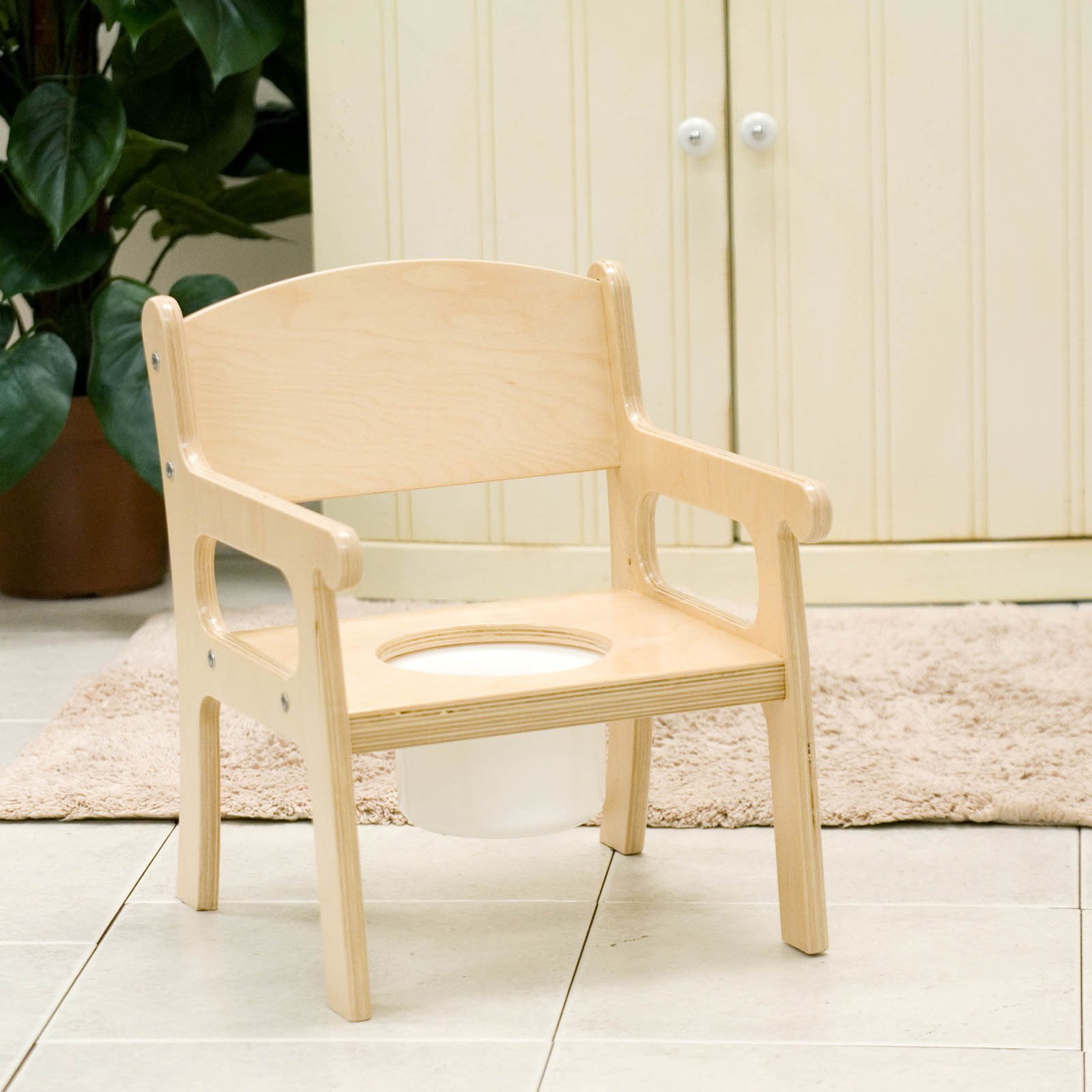Potty Chair Buying Guide: Best Rated Potty Chair

Choosing the right potty chair can significantly impact a child’s potty training journey. A well-chosen potty chair can make the process smoother, more comfortable, and ultimately more successful. Conversely, an ill-fitting or uncomfortable chair can lead to resistance and frustration. This guide will help parents navigate the various factors to consider when making this important purchase.
Factors to Consider When Purchasing a Potty Chair
Selecting a potty chair requires careful consideration of several key factors to ensure a positive potty training experience. These factors should be weighed against each other to arrive at the optimal choice for your child and your family’s needs.
- Size and Comfort: The potty chair should be appropriately sized for your child. Too small, and it will be uncomfortable and potentially lead to accidents. Too large, and your child may feel insecure or unstable. Consider the height of the seat and the overall dimensions of the chair to ensure a comfortable fit. A slightly elevated seat can also be beneficial for children who are still mastering balance.
- Material: The material of the potty chair affects its durability, cleanability, and comfort. Plastic is a popular choice due to its affordability, ease of cleaning, and lightweight nature. Wood offers a more substantial and potentially longer-lasting option, but it requires more careful cleaning and maintenance. Some chairs incorporate soft, cushioned seats for added comfort.
- Portability: Consider how easily the potty chair can be moved around the house. Some chairs are lightweight and easily portable, while others are bulkier and less mobile. Portability is particularly important if you plan to use the chair in multiple locations, such as the bathroom, bedroom, or living room.
- Safety Features: Look for features that enhance safety, such as non-slip feet or a stable base to prevent tipping. A sturdy construction is crucial to prevent accidents. Some chairs feature built-in splash guards to minimize messes.
- Ease of Cleaning: Consider how easily the potty chair can be cleaned. Look for materials and designs that are easy to wipe down and sanitize. Removable components for easy cleaning are a significant advantage.
Child’s Age and Developmental Stage, Best rated potty chair
The child’s age and developmental stage are paramount in selecting a potty chair. A toddler who is just beginning to show interest in potty training will have different needs than a preschooler who is more independent. For younger children, a lower, more supportive chair might be ideal, while older children might prefer a chair that resembles a regular toilet more closely. Consider the child’s physical abilities and their level of independence when choosing a chair. For instance, a child who is still unsteady on their feet might need a chair with a wider base and lower seat height.
Potty Chair Materials: Benefits and Drawbacks
Different materials offer various advantages and disadvantages.
- Plastic: Lightweight, inexpensive, easy to clean, and durable. However, it may not be as aesthetically pleasing as other options and can potentially crack or break with rough use.
- Wood: More aesthetically pleasing and potentially more durable than plastic. However, it requires more maintenance and cleaning, and it is typically more expensive.
- Other Materials: Some potty chairs incorporate soft materials like padded seats for added comfort. However, these materials may be more challenging to clean and may not be as durable as plastic or wood.
Decision-Making Flowchart
The following flowchart illustrates a simplified decision-making process:
[Imagine a flowchart here. The flowchart would begin with a starting point “Choosing a Potty Chair?”. It would branch into considerations such as “Child’s Age?”, “Desired Portability?”, “Preferred Material?”, and “Budget?”. Each branch would lead to further sub-branches based on the answers to these questions. Ultimately, the flowchart would lead to a selection of an appropriate potty chair type based on the answers.]
Potty Training Tips & Techniques Using a Potty Chair

Potty training is a significant milestone for both toddlers and parents. While every child develops at their own pace, using a potty chair can make the process smoother and more positive. This guide offers practical tips and techniques to navigate this exciting phase, focusing on creating a supportive and encouraging environment.
Introducing the Potty Chair
Successfully introducing a potty chair involves careful planning and a positive approach. Avoid pressure and focus on making the experience fun and rewarding. Start by letting your child explore the potty chair – let them sit on it with their clothes on, play with it, and get comfortable with its presence. Read books about potty training together, or use dolls or stuffed animals to demonstrate the process. Positive reinforcement, such as stickers or small treats, can be highly motivating. Remember, consistency is key, but also be prepared for setbacks and adjust your approach as needed.
Managing Accidents and Setbacks
Accidents are a normal part of potty training. React calmly and avoid punishment; instead, focus on cleaning up the mess together and reinforcing the positive aspects of potty training. Setbacks are common – your child might regress after a period of success. This often happens due to stress, illness, or simply a developmental phase. Don’t get discouraged. Return to the basics, focusing on positive reinforcement and patience. Consider reviewing the potty training routine and adjusting it to better suit your child’s needs. Consistency and understanding are crucial during these times.
Strategies for Successful Potty Training
A consistent routine is crucial. Establish regular potty breaks throughout the day, such as after waking up, before meals, and before bedtime. Use visual aids, like a potty training chart, to track progress and celebrate milestones. Positive reinforcement is invaluable – praise and rewards will motivate your child to continue using the potty. Involve your child in the process; let them choose their own potty chair or decorate it with stickers. Make the experience fun and positive, focusing on the successes rather than the setbacks. Remember, patience and consistency are key to successful potty training.
